LearningHub
Lock Picking Techniques
Lock picking is the skill of manipulating the components of a lock to open it without using the original key. Various lock picking techniques exist, each with its own approach to manipulating the lock's internal mechanisms. Here are explanations of some common lock picking techniques:
- Single Pin Picking
- Process:
- Involves manipulating each pin in the lock individually to set them at the shear line.
- Requires precision and a good understanding of the lock's internal components.
- Typically involves using a tension wrench and a single-pin pick.
- Application:
- Commonly used by locksmiths and enthusiasts to open locks methodically.
- Raking (or Scrubbing)
- Process:
- Involves rapidly manipulating multiple pins simultaneously using a rake pick.
- The rake pick is moved in and out of the keyway while applying rotational pressure with a tension wrench.
- Aims to simulate the action of a key turning in the lock.
- Application:
- Faster than single pin picking, often used for quick entry when precision is not essential.
- Commonly used in the sport of lock picking.
- Bumping
- Process:
- Utilizes a specially designed key, known as a bump key, which has equally spaced ridges cut to the maximum depth.
- The bump key is inserted into the lock and then struck with a hammer or similar tool.
- The force from the impact causes the pins to jump and momentarily separate at the shear line, allowing the lock to turn.
- Application:
- Considered a non-destructive entry method, but it requires a bump key that matches the target lock.
- Impressioning
- Process:
- Involves creating a working key by making an impression of the lock's internal components.
- A blank key is inserted into the lock, and the pins leave marks on the key.
- These marks are filed or otherwise manipulated until a functional key is created.
- Application:
- Often used by locksmiths to create keys when none are available.
- Requires skill and patience.
- Decoding
- Process:
- Involves determining the correct key bitting by manipulating the lock's components without disassembling it.
- Techniques may include listening to the sounds produced when manipulating the lock or using specialized tools.
- Application:
- Can be used when the locksmith or attacker has access to the lock but no key.
- Comb Picks (or Comb Picking)
- Process:
- Utilizes a comb-like pick with multiple teeth, each corresponding to a pin in the lock.
- The comb pick is inserted into the lock, and the teeth are moved up and down to manipulate the pins.
- Application:
- Can be effective for quickly opening certain types of locks.
- Lever Lock Picking
- Process:
- Applies to lever locks, commonly found in safes.
- Involves manipulating the levers to the correct heights to open the lock.
- Application:
- Requires specialized tools and knowledge of lever lock mechanisms.
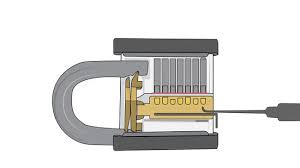

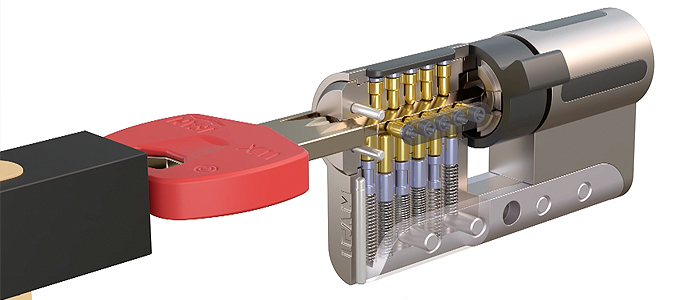
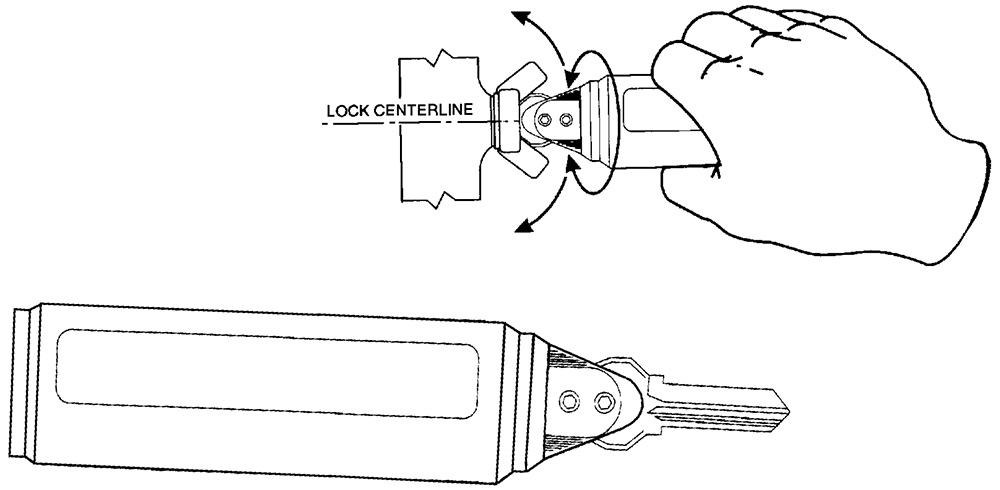

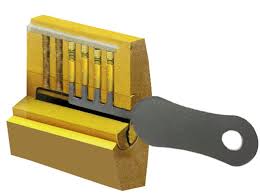
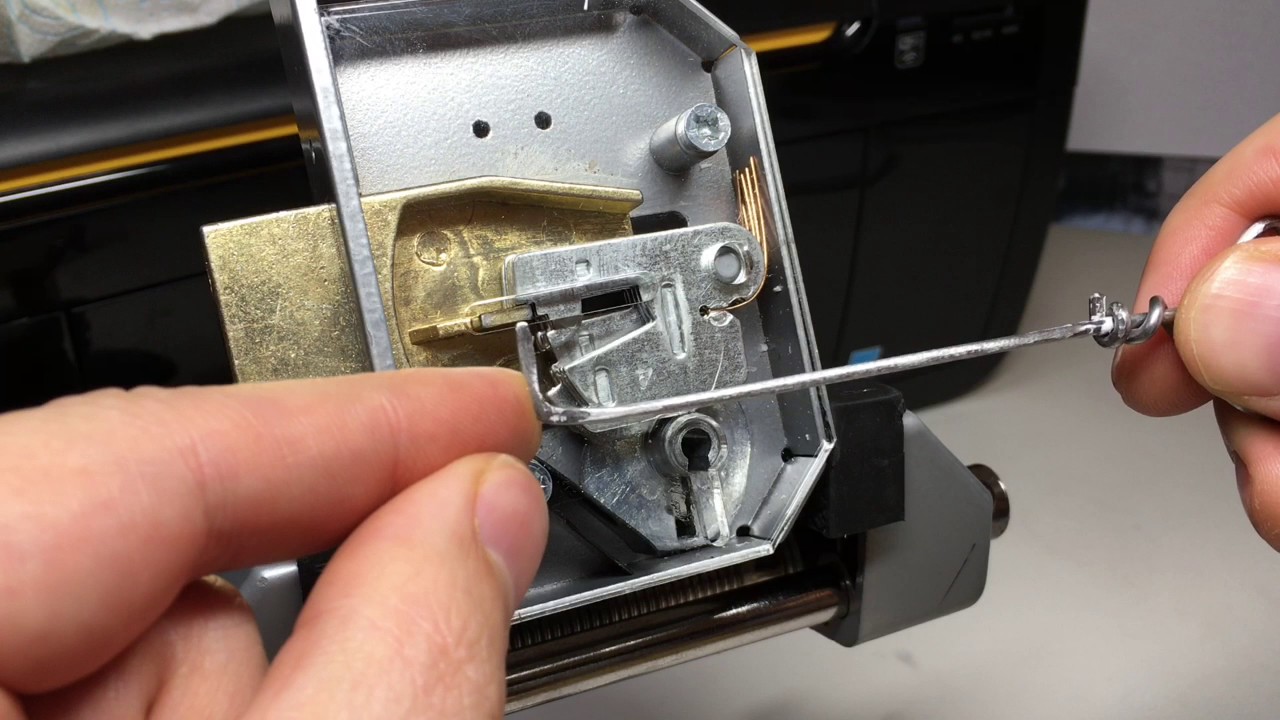
It's important to note that while lock picking can be a legitimate skill used by locksmiths and security professionals, it can also be misused for illegal activities. Ethical considerations and legal compliance should always be emphasized when discussing and practicing lock picking techniques.